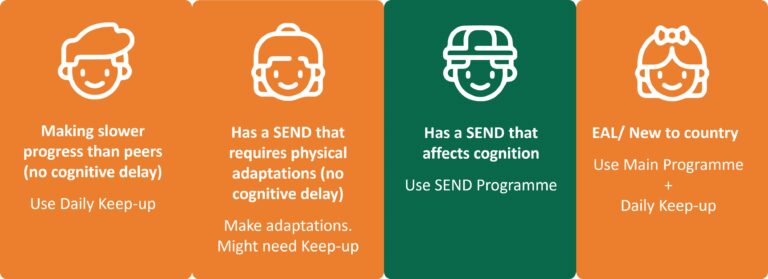Twenty years ago the Japanese city of Kobe experienced one of the most destructive earthquakes of modern times, called the Great Hanshin Earthquake. Nearly 6,500 people were killed and over 200,000 made homeless. The city’s port; the busiest in Japan, was destroyed as was the Hanshin Expressway which linked Kobe to other Japanese cities.
Suitable for:
Year 3 to Year 6
Learning Focus:
- Understand why earthquakes happen
- Recognise the short and long term effects of an earthquake
- Learn about ways we can prepare for earthquakes
Activity One:
Earthquakes are caused as the earth’s plates move against, towards or apart from each other.
It’s possible to demonstrate some of the effects of this with tennis balls and four sheets of plywood, a metre square. Place the tennis balls on the floor of the school hall with the plywood on top of them so the sheets are touching. Mindful of health and safety, stand a child on each piece of plywood with a friend stood on the floor to help steady them. You should consider dressing them in protective clothing they might wear for roller skating. Standing still with the sheets interlocked, there should be no noticeable effect but if you gently push one of the sheets along another or move it away slightly then the boards become unstable and the children wobble. If health and safety is an issue then you can do the activity on a desktop with hardback books and marbles. In this case, place towers of centimetre cubes on the books to observe the effect of the movement.
In this activity the boards represent the earth’s crust and the tennis balls, the magma that they float on. Where the books join is the equivalent of a fault line.
Activity Two:
Watch the following short video of the Kobe Earthquake and use it to form a basis for the discussion of the following questions:
https://www.youtube.com/watch?v=emhqTqT_omE
- In an earthquake what is it that kills people as the earthquake is happening?
- What might kill people in the days or weeks afterwards?
- What is the impact of an earthquake on families?
- What is the impact of earthquakes on businesses and the country as a whole?
- What international response is there to earthquake disasters?
Activity Three:
Earthquakes are notoriously difficult to predict. Scientists can tell within a hundred kilometres or so of where they will take place but not exactly where. Neither can they tell exactly when it will happen – all they can do is to say the time from when an earthquake is likely.
Sometimes they can tell because of small tremors that come before a major earthquake. People often say that animals and birds know when an earthquake will hit because birds disappear and animals are silent.
The best that scientists and the authorities can do is to help prepare people for an earthquake.
In this activity, the pupils should prepare a poster telling people what to do in the event of an earthquake.
They should consider:
- Where is the best place to shelter?
- What to do about electricity, gas and water supply
- Keeping emergency supplies and a first aid kit to hand
- Communication
If you have a link with a school in an earthquake zone, you could share your posters with them online.


